Optimal Timing for Mold Remediation
Mold remediations are most effective when performed promptly after identifying mold growth. Early intervention prevents mold from spreading and reduces health risks associated with prolonged exposure. The timing of remediation depends on environmental conditions, such as humidity and temperature, which influence mold growth rates.
Spring and summer often see increased mold activity due to higher humidity levels. Remediation during these seasons can prevent mold proliferation during peak growth periods.
High humidity and moisture levels accelerate mold growth. Addressing mold issues during or after periods of heavy rainfall or leaks ensures more effective remediation.
Regular inspections and moisture control are best performed before mold becomes visible or widespread, typically during dry seasons when conditions are easier to manage.
Regions with consistent moisture or frequent rainfall require year-round vigilance, but remediation efforts are most effective when moisture sources are addressed promptly.

A technician removing mold from a wall cavity.
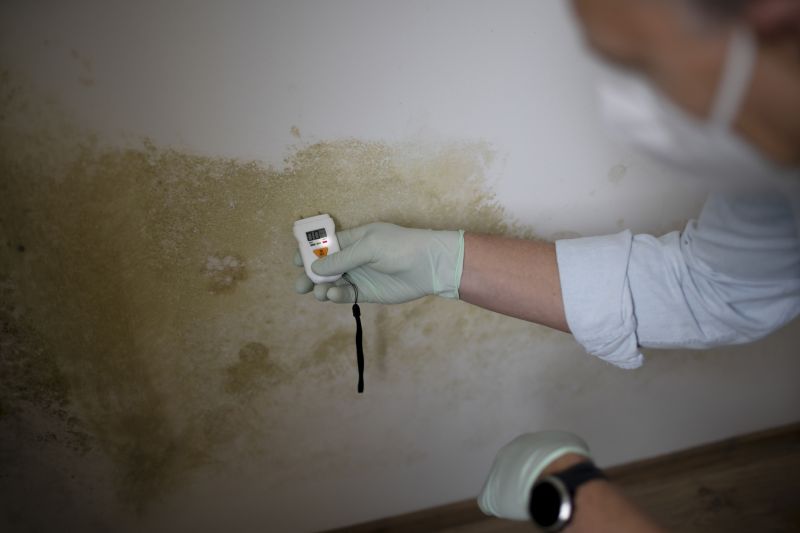
Dehumidifiers and moisture barriers used during remediation.
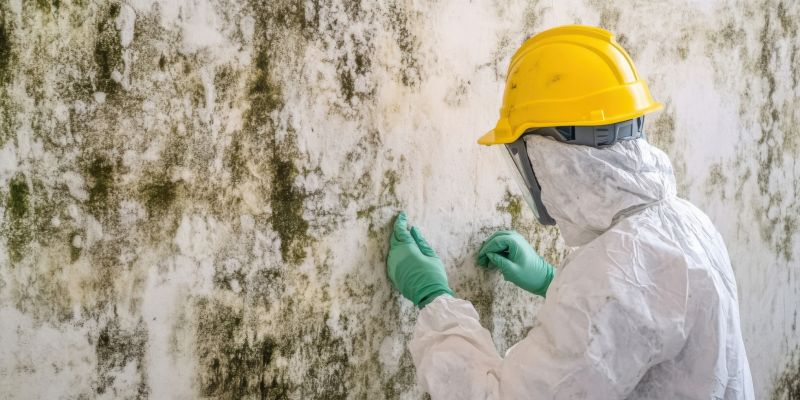
Technician inspecting cleaned areas for residual mold.
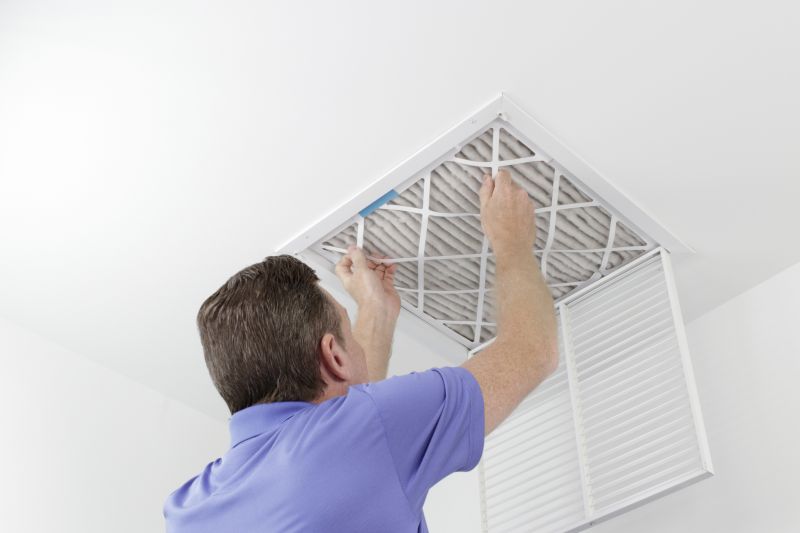
High-efficiency particulate air (HEPA) filters during mold removal.
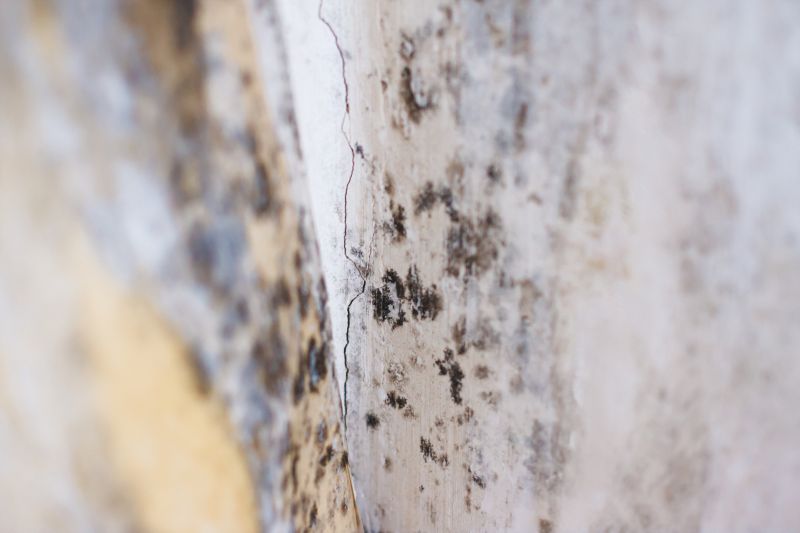
Close-up of mold growth on drywall.

Plastic sheeting used to contain mold spores.
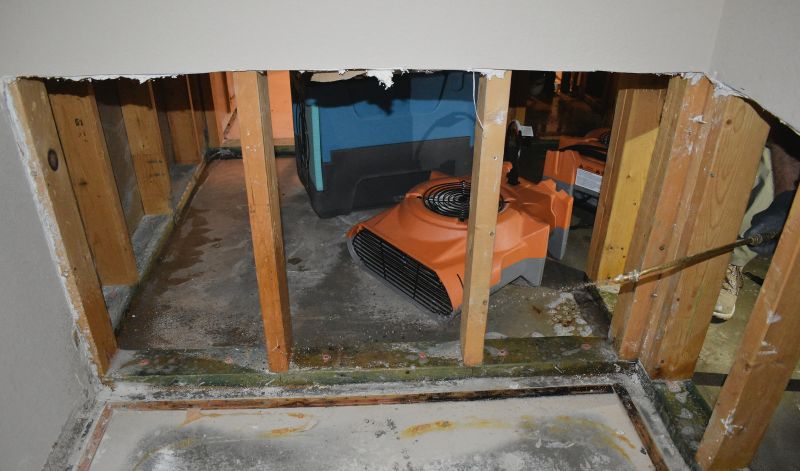
Industrial dryers used to eliminate residual moisture.

Setup of containment and ventilation systems.

Clean and dry interior space post-remediation.
| Timing Factors | Implications for Mold Remediation |
|---|---|
| High Humidity Periods | Best to perform remediation before mold spreads extensively. |
| Post-Rainfall | Ideal time to check for mold growth and address moisture issues. |
| Dry Seasons | Optimal for conducting inspections and ensuring thorough drying. |
| During Building Renovations | Remediation can be integrated to prevent mold during construction. |
| After Leak Repairs | Remediation should follow promptly to prevent mold proliferation. |
| Before Peak Heating Seasons | Remediation ensures mold does not worsen during winter. |
| During Regular Maintenance | Periodic inspections help catch mold early. |
| When Mold Is Visible | Immediate action is recommended to limit damage and health risks. |
Mold remediations involve the removal of mold growth from affected surfaces and the elimination of moisture sources that support mold proliferation. Proper remediation requires identifying the extent of mold spread, containing contaminated areas, and thoroughly cleaning and drying affected materials. Statistics indicate that mold can begin growing within 24-48 hours of moisture exposure, emphasizing the importance of prompt action. Approximately 70% of indoor air quality issues are linked to mold and moisture problems, making timely remediation crucial for maintaining healthy indoor environments.
Effective mold remediation reduces health risks such as allergic reactions, respiratory issues, and asthma exacerbations. It also prevents structural damage to buildings, which can result from prolonged mold exposure. Regular monitoring and moisture control are essential components of mold management, especially in climates prone to high humidity or frequent rainfall. Addressing mold issues at the right time ensures the safety and integrity of indoor spaces.

Technicians removing mold from surfaces.
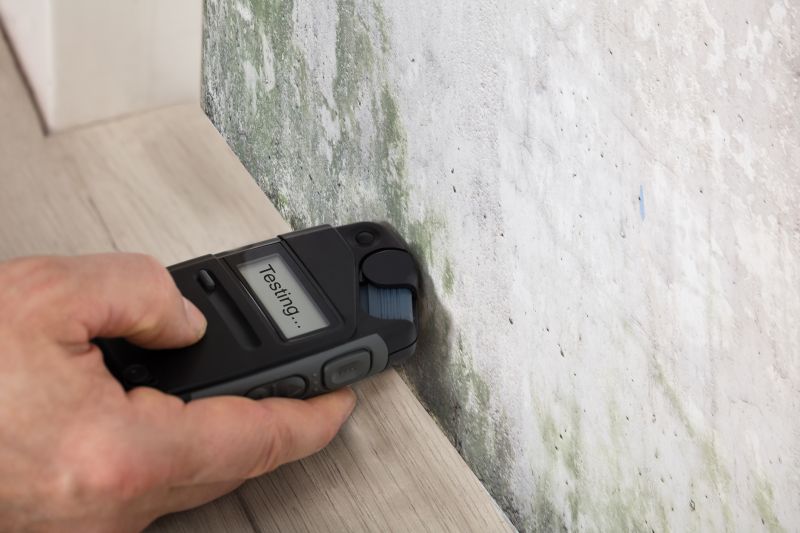
Infrared cameras used to locate hidden moisture.
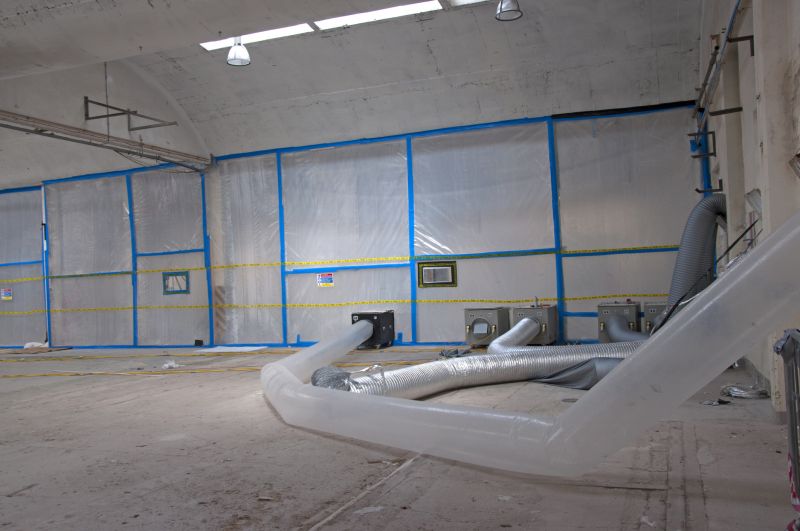
Plastic sheeting isolating mold-affected areas.

Cleaning and disinfecting surfaces after mold removal.
Interested in addressing mold issues effectively? Filling out the contact form can provide more information and assistance on scheduling remediation at the optimal time for specific situations. Prompt action helps prevent health risks and structural damage, ensuring a safer indoor environment.



